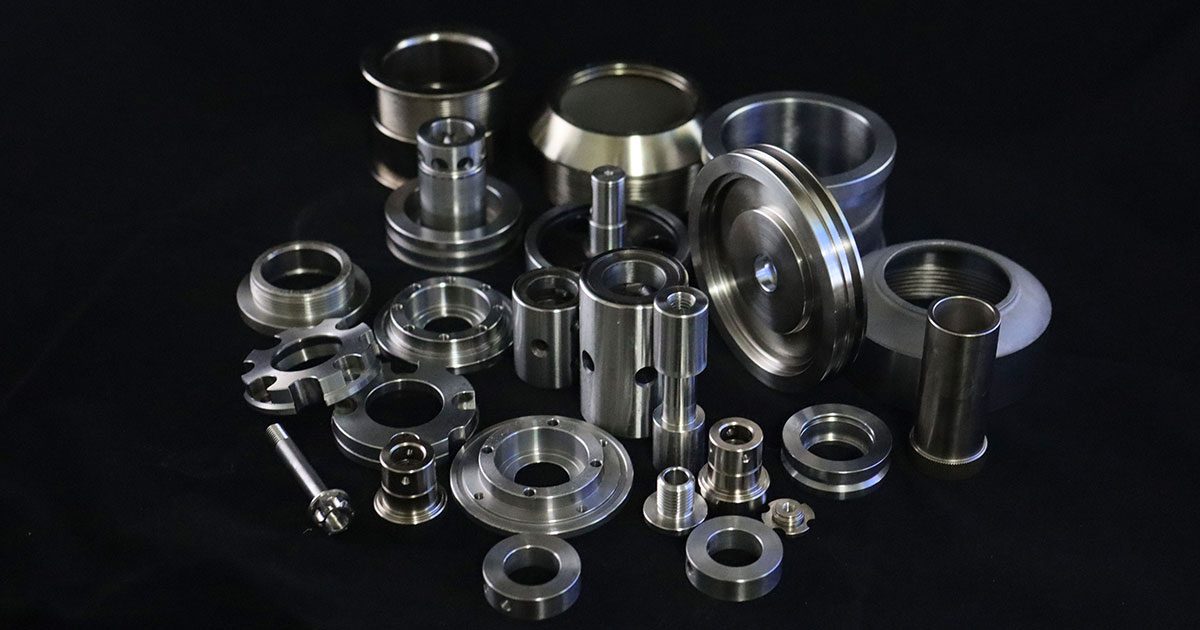1. Quality Assurance and Standards: OEM parts are synonymous with quality, reliability, and performance. Manufacturers invest heavily in research, development, and testing to ensure that OEM components meet stringent quality standards and specifications. From superior materials to precision engineering, OEM parts undergo rigorous scrutiny to deliver optimal performance and durability. This commitment to quality assurance comes with a cost, as manufacturers incur expenses associated with testing facilities, quality control measures, and compliance with industry regulations.
2. Precision Engineering and Fitment: One of the hallmarks of OEM parts is their perfect fit and compatibility with the original equipment. OEM manufacturers meticulously design and engineer components to seamlessly integrate with the existing systems of vehicles or machinery, ensuring optimal performance and safety. Achieving this level of precision requires advanced technology, specialized tooling, and skilled labor, all of which contribute to the higher cost of OEM parts compared to aftermarket alternatives.
3. Warranty Coverage and Support: OEM parts often come with warranty coverage and comprehensive support from the original equipment manufacturer. This warranty protection offers peace of mind to consumers, safeguarding against defects or failures and providing recourse in the event of issues. Additionally, OEM manufacturers offer technical support, service resources, and access to authorized repair facilities, further enhancing the value proposition of OEM parts. The cost of warranty coverage and support services is factored into the price of OEM components.
4. Brand Reputation and Trust: OEM parts carry the brand reputation and trust of the original equipment manufacturer, which adds perceived value to consumers. Vehicles and machinery equipped with OEM components are often viewed as more reliable, durable, and valuable, contributing to their higher resale value. This brand equity comes at a premium, as consumers are willing to pay for the assurance of quality and authenticity associated with OEM parts.
5. Limited Production Scale: Unlike aftermarket parts, which are produced by multiple manufacturers in large volumes, OEM parts are typically manufactured in smaller quantities by a single supplier. This limited production scale can drive up the cost of OEM parts due to economies of scale. OEM manufacturers must cover overhead expenses, tooling costs, and research and development expenditures across a smaller production volume, leading to higher unit costs.
خاتمة: While OEM parts may come with a higher price tag compared to aftermarket alternatives, their expense is justified by a combination of factors including quality assurance, precision engineering, warranty coverage, brand reputation, and limited production scale. For consumers and businesses seeking reliability, durability, and peace of mind, the investment in OEM parts is often seen as a worthwhile expenditure. By understanding the rationale behind the cost of OEM parts, stakeholders can make informed decisions that prioritize quality and long-term value in their vehicles and equipment.







